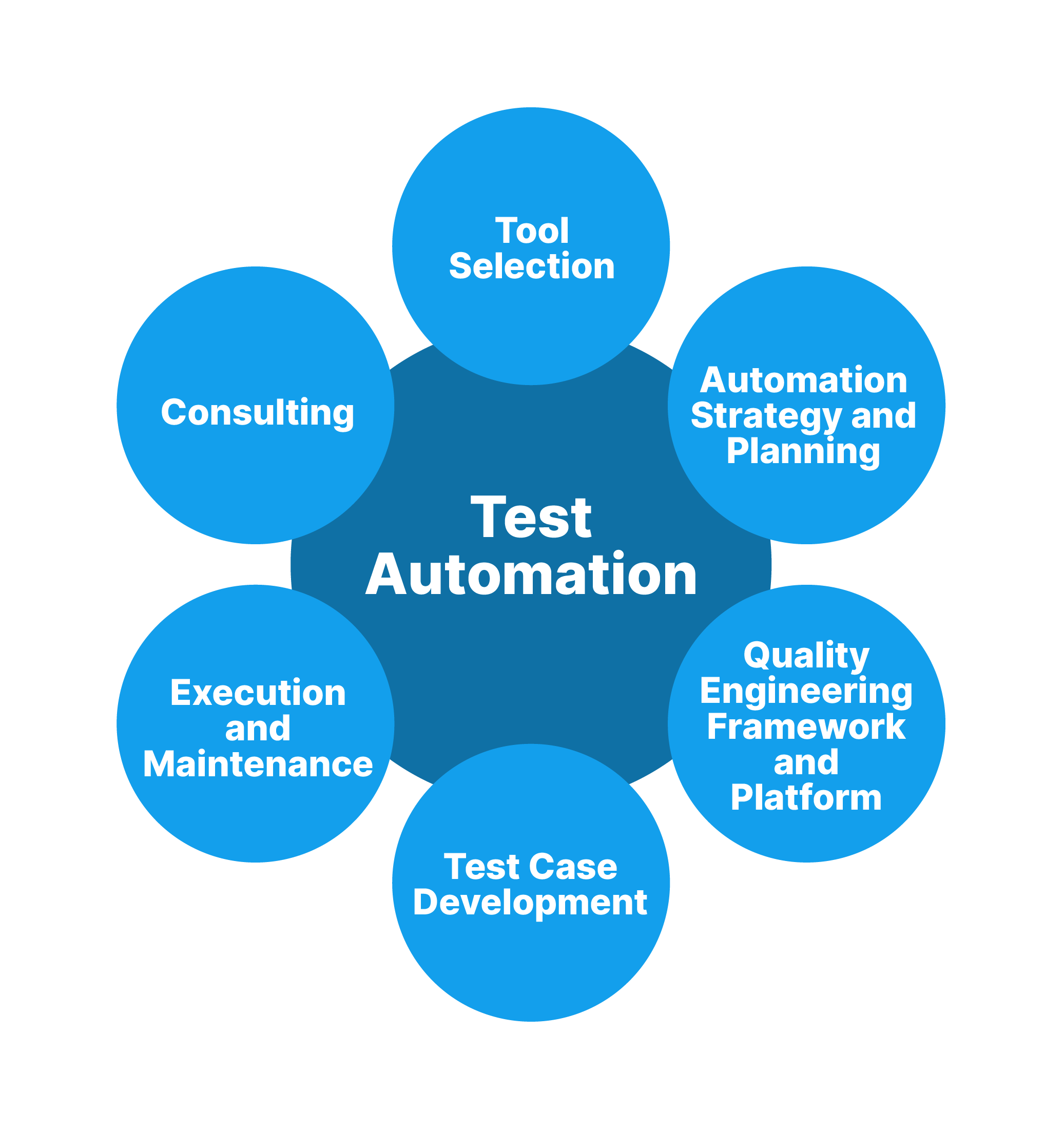From Guidebook to Automated Testing: A Comprehensive Overview to Transitioning Smoothly and Successfully
In the world of software program testing, the change from handbook to automated procedures has actually become a progressively crucial transition for companies looking for to improve efficiency and precision in their testing methods. The journey from guidebook to automated testing is not without its difficulties, however when come close to purposefully and with a clear strategy in mind, the benefits can be considerable.
Advantages of Automated Testing
Automated screening provides countless benefits, improving effectiveness and precision in software application development procedures. One key benefit is the considerable decrease in screening time. Automated tests can be run simultaneously on numerous devices and operating systems, dramatically speeding up the testing stage compared to hands-on testing. This increased effectiveness permits for faster responses on the top quality of the software program, making it possible for designers to identify and attend to issues immediately.
In addition, automated testing guarantees a greater level of accuracy in discovering problems. Consistency in screening is additionally boosted, as automated tests perform the very same steps precisely each time they are run.
Choosing the Right Devices

Firstly, assess your needs and goals. Recognize the range of your job, the technologies entailed, and the ability of your team. This evaluation will help you determine the capacities and attributes you call for in your screening devices.
Second of all, take into consideration the compatibility of the tools with your existing systems and processes. Smooth assimilation with your existing software program growth lifecycle is important to make certain a smooth transition to automation.
Additionally, review the scalability and adaptability of the tools. As your screening needs advance, the tools need to be able to adapt and suit changes effectively.
Last but not least, consider the assistance and neighborhood around the devices. When executing automated screening, robust assistance and an active customer community can give important sources and support. By very carefully thinking about these aspects, you can choose the right tools that align with your requirements and established the stage for a successful change to automated testing.
Writing Efficient Test Scripts

When crafting examination scripts, it is necessary to think about the details requirements of the software application being examined and make click for source sure that the scripts attend to all important capabilities. Descriptive and clear calling conventions for examination scripts and examination cases can boost readability and maintainability. Furthermore, including error handling mechanisms within the examination manuscripts can assist in recognizing and attending to concerns quickly.
In addition, organizing test manuscripts right into modular elements can boost reusability and scalability, lowering redundancy and boosting efficiency in test script upkeep. Normal reviews and updates to check scripts are crucial to equal developing software program demands and functionalities. By complying with these concepts, testers can develop effective and durable test scripts that contribute substantially to the success of automated screening procedures.
Integrating Automation Into Workflows
Reliable integration of automation tools into existing process improves and improves processes efficiency within software program development cycles. When incorporating automation into workflows, it is important to recognize repetitive jobs that can be automated to conserve time and reduce human error. By seamlessly incorporating automated screening devices like Selenium or Appium into the software program development lifecycle, teams can achieve faster comments on code adjustments, causing quicker bug detection and resolution. This combination permits constant screening throughout the advancement process, making certain that any type of concerns are determined early on, causing higher software program quality. Furthermore, automation can be used to trigger tests instantly after each code dedicate, giving immediate recognition and liberating testers to focus on even more facility situations. Correct integration of automation tools calls for partnership between growth, screening, and he has a good point operations groups to establish a unified workflow that maximizes effectiveness and effectiveness in supplying high-grade software program products.
Guaranteeing a Smooth Transition
Effectively transitioning to automated screening involves careful preparation and cautious implementation to lessen interruptions and optimize efficiency in the software growth procedure - automation testing. To guarantee a smooth transition, it is important to start by conducting a thorough analysis of the existing screening procedures and recognizing locations where automation can bring one of the most significant benefits. Involving with all stakeholders early on at the same time, consisting of programmers, testers, and project supervisors, is vital for garnering support and buy-in for the automation campaign
Interaction is essential during this transition stage. Clear interaction of the goals, benefits, and expectations of automated testing helps to take care of any kind of resistance or worries that might develop. Additionally, providing adequate training and sources for staff member to upskill i loved this in automation tools and techniques is vital for ensuring a successful change.

Verdict
In verdict, transitioning from manual to automated testing uses various benefits, including enhanced efficiency and integrity. By picking the suitable tools, creating efficient test manuscripts, and integrating automation seamlessly right into workflows, companies can make sure a smooth and successful change. It is essential to embrace automation as a valuable asset in software testing procedures to boost total top quality and productivity.
In the realm of software application testing, the change from handbook to automated processes has come to be an increasingly essential change for companies seeking to enhance effectiveness and accuracy in their testing techniques. Automated tests can be run concurrently on several devices and running systems, significantly speeding up the testing phase compared to hand-operated testing. Uniformity in testing is also enhanced, as automated tests execute the very same steps specifically each time they are run.To make sure the successful execution of chosen screening devices, the creation of effective examination scripts plays a crucial role in verifying the functionality and efficiency of automated processes - automation testing. By complying with these principles, testers can produce robust and effective examination scripts that add considerably to the success of automated screening processes